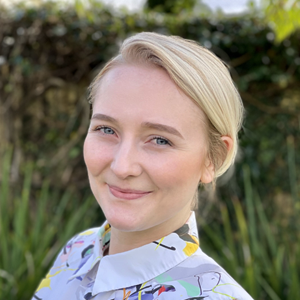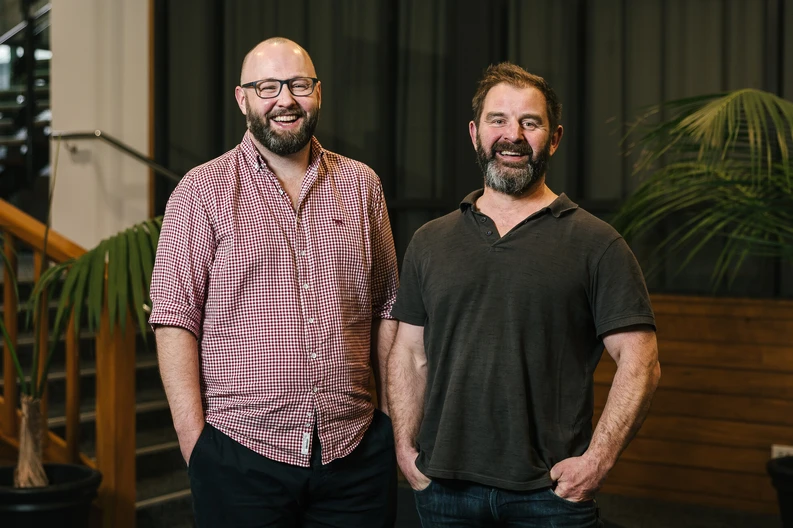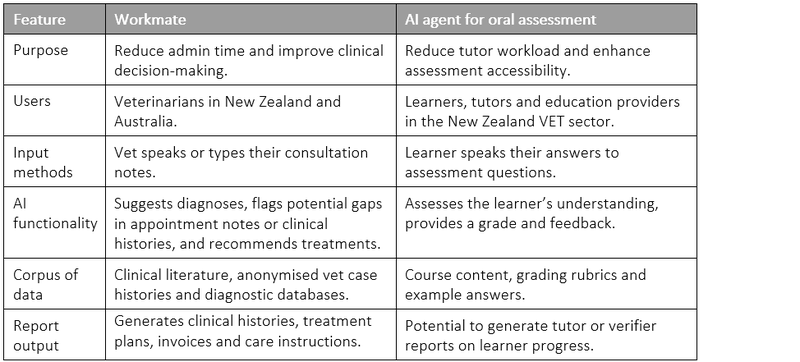Cogniti AI: Choosing a platform or custom agent
Article #7 of AI in Education Article Series: April 2025
Learn about Cogniti, a generative AI platform that educators can use to create their own AI agents.
Article #8 of AI in Education Article Series: May 2025
Hear from Tom Brownlie, founder of veterinary AI tool WorkMate, and his tips for an educator using AI for assessment.

Written by

Superpower: Romance languages
Fixations: Sunday drives
Phoebe works predominantly in social and market research, as well as monitoring and evaluation. Her projects often involve large-scale surveying and interviewing, and more recently, Artificial Intelligence in education.
She began her journey to research and evaluation in Brazil in 2020, supporting projects on social services, gender violence and education, for NGOS, governments and intergovernmental agencies. Prior to this, she worked as an English language teacher for adults.
Outside of work, Phoebe loves history, languages, animals and the outdoors. Together with her partner, she offers support services for Latin American migrants in New Zealand.
Phoebe has a Conjoint Bachelor of Arts and Commerce in Marketing (Market Research), International Business and Spanish.
Artificial Intelligence (AI) is transforming industries worldwide — and education is no exception. While previous articles in this series have explored AI’s growing role in learning, this edition steps outside the classroom to ask: what can education learn from AI tools designed for completely different sectors?
To explore this, we interviewed veterinary data scientist Tom Brownlie, founder of veterinary AI tool WorkMate. His journey, especially given the advanced state of his product, offers valuable insights for education professionals looking to develop or adopt AI solutions.
This article is the eighth in a series titled “AI in Education”, aimed at education providers interested in AI. The intention is for this series to act as a beginner’s guide to the use of AI in education, with a particular focus on AI agents. This series is being developed as part of a project to develop an AI agent for learner oral assessment, funded by the Food and Fibre Centre of Vocational Excellence (FFCoVE). We invite you to follow along as we (Scarlatti) document our learnings about this exciting space.
Tom Brownlie describes himself as a “wannabe farmer” who now works as an epidemiologist in the heart of Otago. In 2016, he and co-founder Christopher Laing created Ingenum, a veterinary data science company focused on disease surveillance.

On screen, Tom has a big presence — but he’s instantly comforting. Humble, warm, and always ready with a well-timed joke, he makes you feel at ease straight away. His career spans education and practice — including time as a lecturer at Massey University, a Rural Professional Services Manager at LIC, and a practicing vet.
As the company grew, Tom and his team turned to AI to better detect disease outbreaks and reduce veterinarians’ admin burden. This led to the development of WorkMate — a smart AI tool designed to support frontline vets.
WorkMate is designed to support vets throughout their entire workflow — from the moment they finish a consultation to generating client summaries and invoices. Here’s how it works:
Input: The vet speaks or types a summary of the appointment. This supports fast-paced work and vets with learning differences like dyslexia.
AI processing: WorkMate connects to clinical literature and a database of anonymised case histories to:
Output: The tool can then generate:
This reduces admin time and enhances clinical decisions. If used widely, Workmate could even track the spread of diseases.
WorkMate is designed for veterinarians. At first glance, those in VET may wonder, why should an AI tool for veterinarians matter to us? We argue this is because WorkMate is an ideal case to learn from - it shares many technical similarities to an AI agent for oral assessment, plus it is a unique example of a mature AI product built in New Zealand.
Here’s how the two tools compare:

At the end of the interview, we asked Tom what advice he would give people thinking about developing an AI agent for use in education:
Just because an AI tool is created with one specific sector in mind does not mean that its underlying technology or the lessons learnt by its founders can't be applied to another area. As AI expands and develops across different sectors, we can continue to gain valuable insights into the opportunities and potential risks that it poses by learning from others.
Questions that we are asking for our own AI agent:
Interested in following our journey into AI?